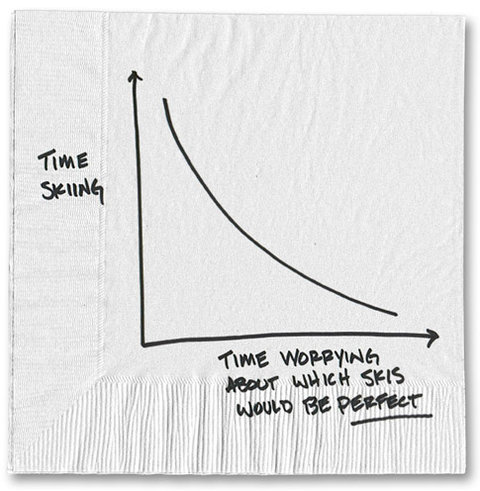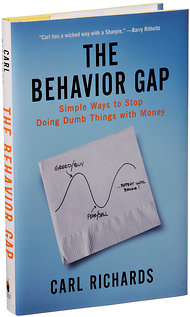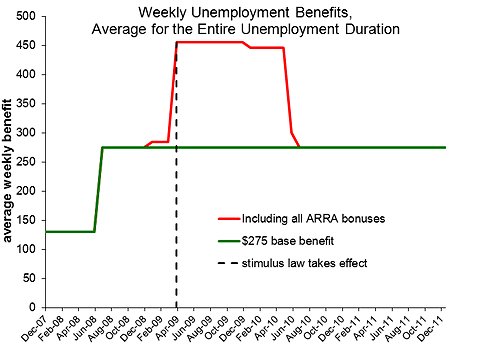Creating Value
Are you getting the most out of your business?
When I had my vending business, one of the things we constantly told employees was the following statement: “You are the expert at your job.” It took several years for some of our people to actually believe it.
But I’ve used this mantra in my business life ever since. The key is that, when you make this change, you stop telling people what to do and you start asking them their opinion about the best way to get something done. This can produce all sorts of benefits — if the employees believe your change in approach is sincere.
For that to be the case, you really do need to stop telling people what to do and start asking questions. Asking what was the best way to deal with an issue allowed me to learn about a situation before expressing an opinion or issuing an order. It’s amazing what you can find out when you ask questions instead of making assumptions.
It helps if you can learn to let employees make mistakes and learn from them. This was tough for me. I spent my first seven or eight years in business believing that mistakes were a bad thing. Eventually, I figured out that as long as we learned from the mistakes we had the opportunity to make our company better. Instead of thinking of mistakes as problems, we started thinking of them as learning opportunities.
I see too many companies where the owners assume their employees have little interest in doing good work. It becomes a self-fulfilling prophecy, and you can almost always spot these companies when you encounter them. They are the ones where you don’t feel valued as a customer.
On the other hand, if you expect your employees to do a great job — and make that expectation clear — I believe they generally will do just that. The behavior of your employees comes from the expectations you set and the way you communicate those expectations.
it is important to encourage employees to take responsibility and not point fingers. This was hard at our company. When mistakes were not allowed, blaming was one of our favorite activities. It took years for the culture to change.
I knew we had turned the corner when I was walking through our food-production facility one day and noticed that the food being made was below our standards. I asked the person who was making the food if she would want to eat what she had made. Her answer was no. I then asked her why she had made it that way.
Initially, her eyes were focused on my shoes and her answer assigned responsibility to her manager, her co-workers and ultimately me. After the fourth time I asked her who was responsible, her body language changed dramatically. Her head came up, she put her shoulders back, and she looked me in the eye and said it was her responsibility.
This was a major moment for her. She stopped being a victim and realized she could control what happened in her workplace. She recognized that she was an expert at her job, and she turned into a different person. Eventually, she became the manager in our food production operation.
The reason it took us years to make this change is that we had some people in management who preferred to tell rather than ask. We had to break old habits. We had to learn to trust our employees and to let them make mistakes. We would take one step forward and two steps back. Then we would take three steps forward and one step back. After several years we learned that we really did trust our people to do the right thing. That was when everything changed.
It takes time. But one day you walk into your company, and you notice that things really are different. It happened with us and it made us a much better company. One of the side benefits was that we were able to reduce our training time for route drivers from eight weeks to two weeks. We also increased the skill levels for new drivers along with our driver-retention rates.
What happens when someone makes a mistake at your company?
Josh Patrick is a founder and principal at Stage 2 Planning Partners, where he works with private business owners on creating personal and business value.
Article source: http://boss.blogs.nytimes.com/2013/03/07/do-you-listen-to-your-employees/?partner=rss&emc=rss



